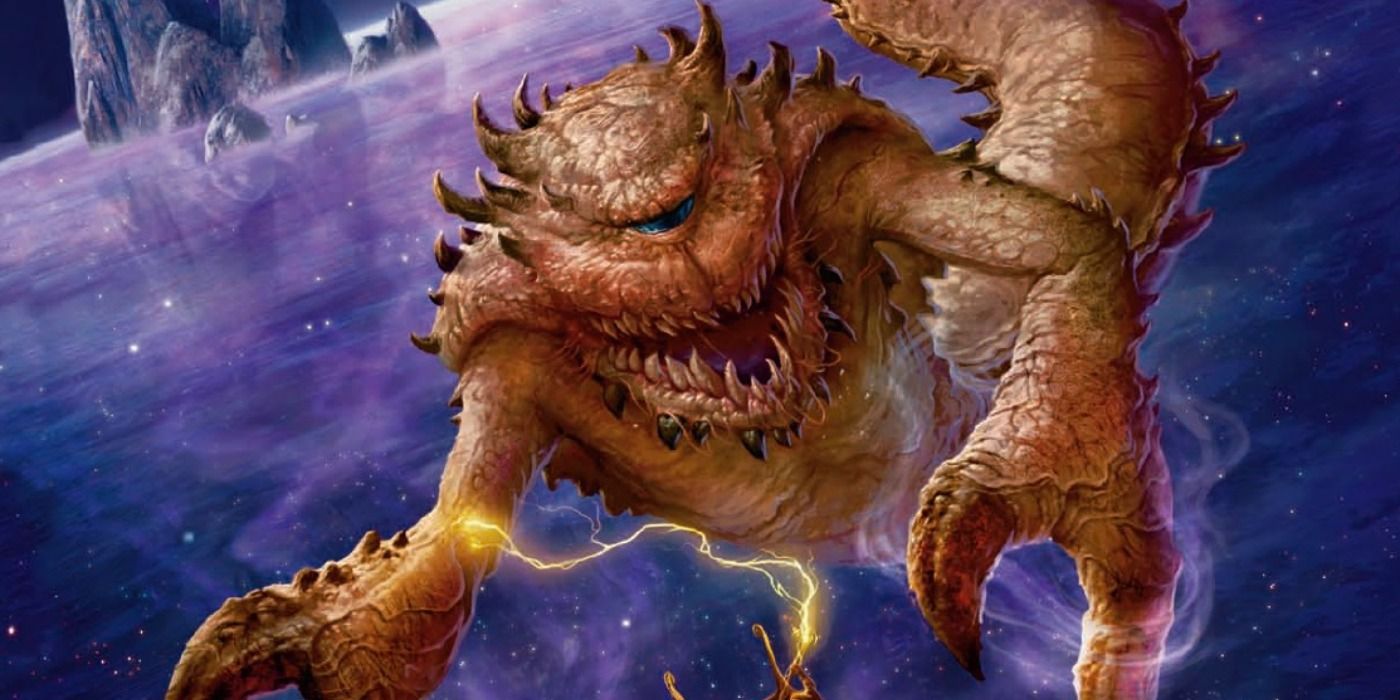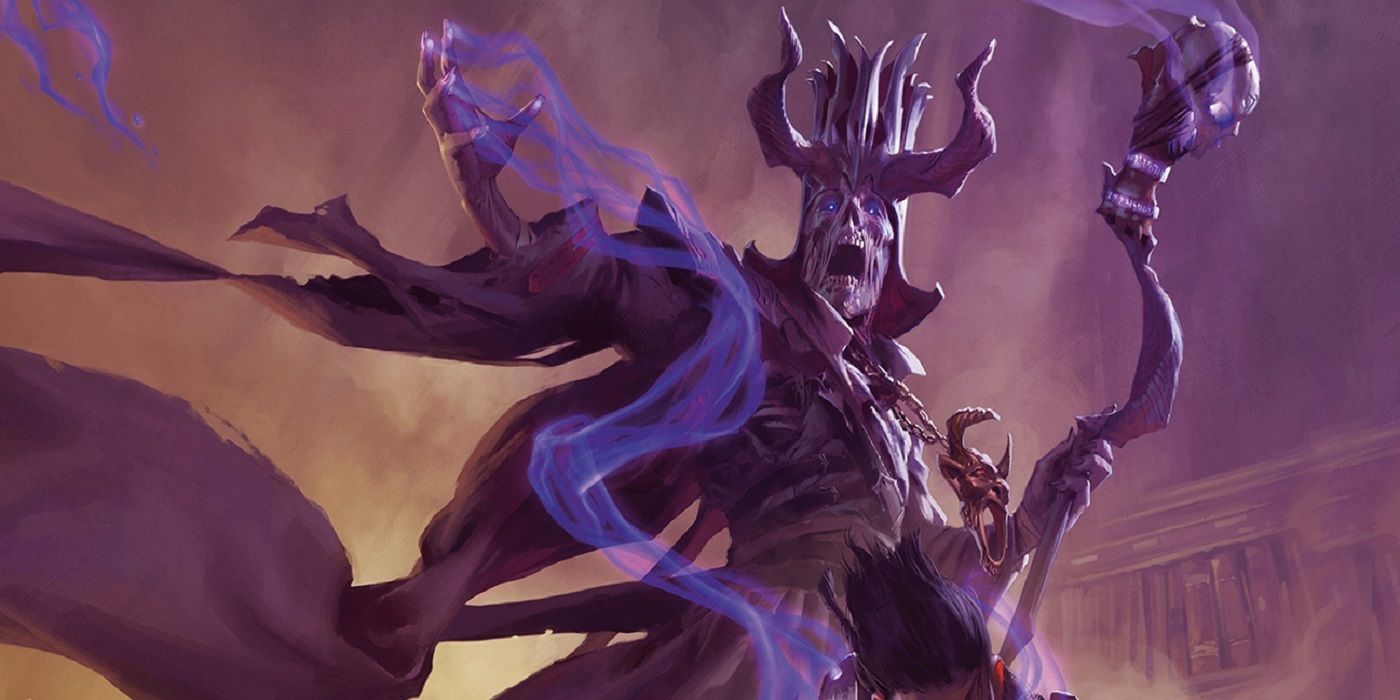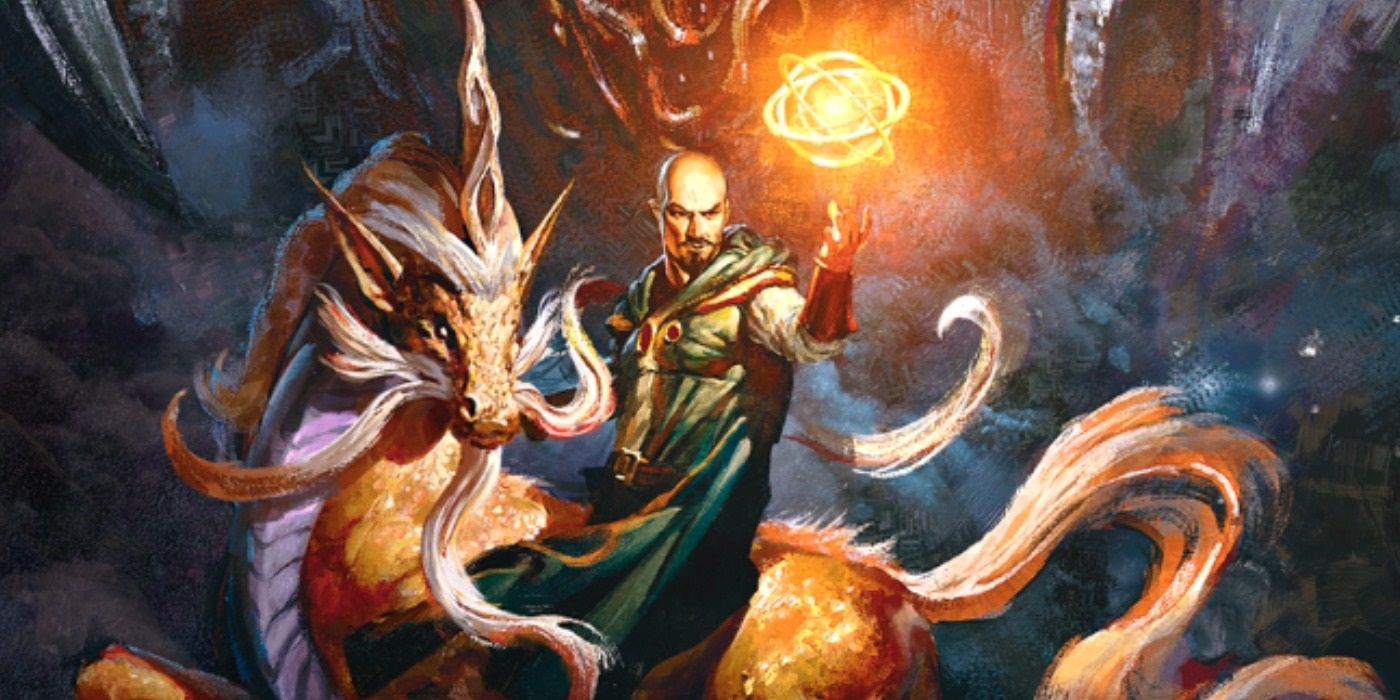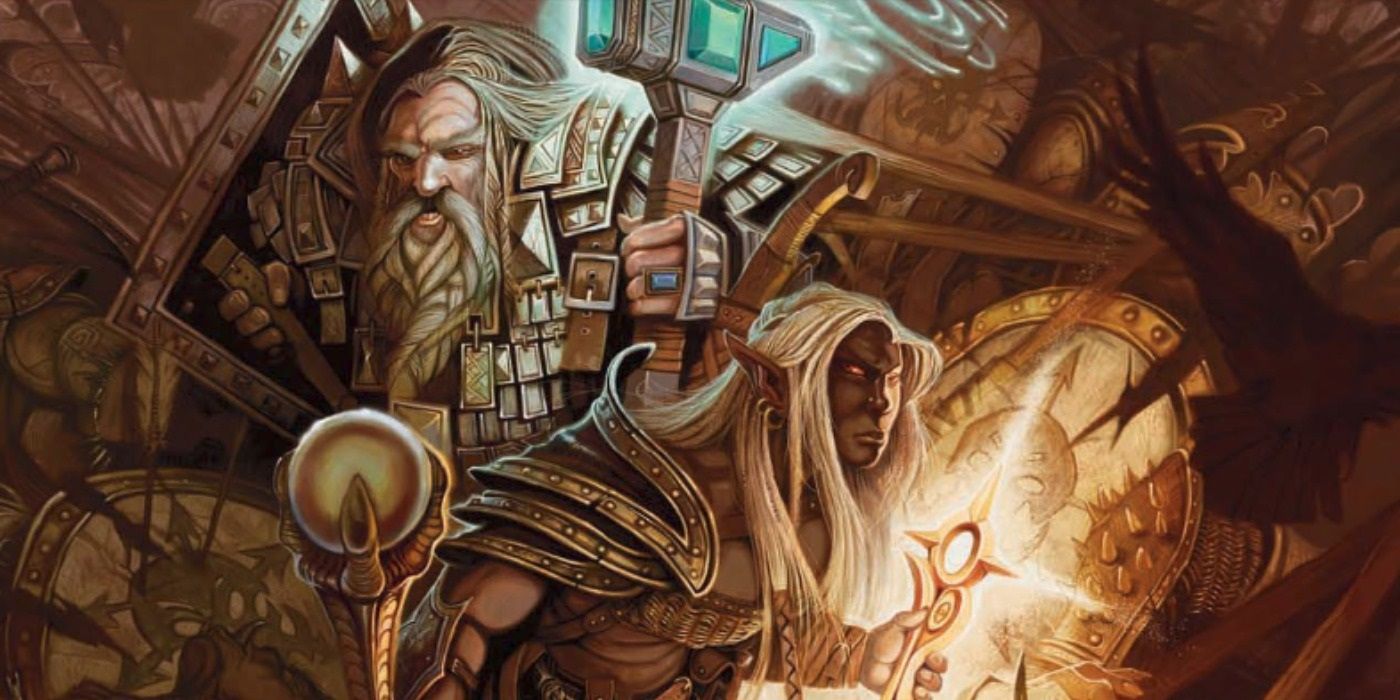The most powerful monsters in Dungeons & Dragons are meant to be faced by high-level parties, but there are ways for low-level parties to encounter them, without it resorting in a TPK. D&D 5e uses the Challenge Rating system, where monsters are rated by how much of a challenge they will pose to a group of 4-6 characters of the same level. If the Challenge Rating is too high, then the party will get creamed, but if it's too low, then the fight will be too easy.
There are some impressive high-level monsters in D&D that act as the leaders of powerful organizations or rulers of their own realm. There are also monsters that are a calamity made flesh, such as the legendary Tarrasque, which could rampage its way through a nation without anyone being able to stop it. Players have likely heard of the legendary D&D villains, like Borys of Athas, Count Strahd von Zarovich, or Demogorgon, but few ever reach the levels necessary to meet these foes on the battlefield.
In most D&D campaigns, the high-level villain is the final encounter of the story. The adventures that the party has had up until that point have prepared them for the final encounter, either through gaining levels, acquiring powerful new magic items, or learning the enemy's weaknesses. There are some DMs who might want to bring out the big guns early and have the party face an overwhelmingly powerful foe, which can be done, but the encounter needs to be planned out; otherwise, the party will be killed in an unfair battle.
The "Supposed To Lose" D&D Fight (Straight Out Of A JRPG)
A common trope in video games (especially JRPGs) is instances where players are supposed to lose a fight. This is meant to show how overwhelmingly powerful the villain is and how the hero isn't ready to face them yet. In the case of video games, it's easy for the developers to enforce a loss on the player, usually by throwing in a cutscene that shows the main character losing. With D&D, there are rules of the game that players expect DMs to follow, at least to some degree, so the manner of the party's defeat needs to be decided beforehand. If the party is low level, then they won't have too many resources to call on for protection, but DMs should factor in their class features and spells when determining how the villain will deal with them.
The DM also needs a reason for why the villain doesn't finish the party off when they have the chance. It could be a case of the enemy seeing the party as being so insignificant as to not be worthy of notice, which would be a good excuse for a prideful creature, like a dragon. An evil being might just want to break the party's spirit, as part of a bigger plot to mess with them, or try and recruit them. This would be a good excuse for a D&D villain like Strahd, who likes to play with his food.
If the villain is Lawful Evil, then they might spare the party if they acted honorably, or earned their respect in some way. If the party risked their lives by facing an unbeatable opponent, then this might impress the opponent enough to spare their lives. It's also possible that the party can cut a deal with the enemy, offering information or performing a service, in exchange for their life. A party forming a pact with a powerful evil being would have all kinds of interesting D&D roleplaying and storytelling opportunities.
D&D: The Interruption, Or Last Minute Rescue, Can Help Low-Level Parties
Not all villains are going to show mercy to the party, nor can all of them be bargained with. Players aren't going to be able to cut a deal with mindless enemies or ones that are truly Chaotic Evil, such as demons. In this case, the player can be thrown into battle against an overwhelmingly powerful foe, but the goal of the fight is to survive for as long as possible so that something can stop the fight. From the villain side of things in D&D, it could simply be that they are called away by an emergency, giving them an excuse to leave the battlefield. This should happen once the party is pretty much downed, so they won't have the chance to stop them.
One way to do this is to have a stronger hero or party show up to distract the foe, in order to give the players time to escape. This is the perfect place to do a mentor death scene (like Gorion facing Sarevok in Baldur's Gate), but it's something that shouldn't happen more than once. The players are meant to be the focus of the story, and bringing in other heroes to save the day will just steal the limelight away from them. It's also easy for an allied spellcaster to arrive, distract the foe with a spell, and teleport everyone out, but this also shouldn't be overused, as a free fast travel option can diminish the drama that comes with a boss battle.
The Perfect D&D Magic Item For High-Level Monsters
In instances where the DM wants to use a high-level monster for a low-level party in a short campaign, the best option is to use an outside resource that can help the party achieve victory, without needing to win through combat. One way to do this is through the use of a powerful magic item, with the ability to deal with a stronger foe. An example of an item like this is the Crook of Rao from Tasha's Cauldron of Everything, which has the ability to banish all fiends within a one-mile radius.
It takes time for the Crook's power to work, so the final battle can involve the party facing the overwhelming might of an archfiend, trying desperately to survive until the magic item saves the day. This is a good concept for a short and exciting Dungeons & Dragons campaign, where the players will have a chance to face and defeat a powerful foe, without needing to climb the levels that would normally be needed to beat it in a straight fight.




